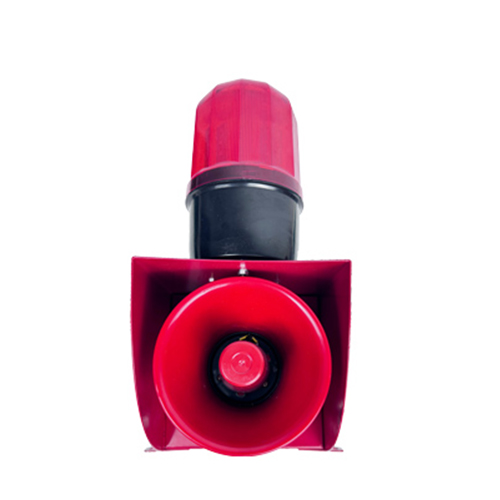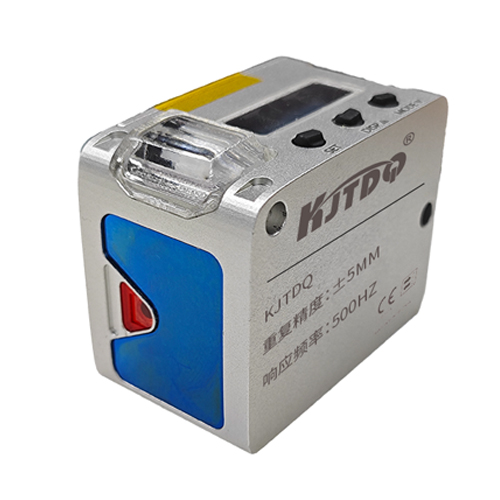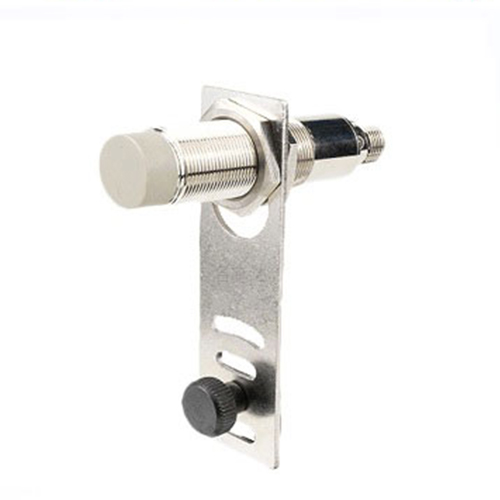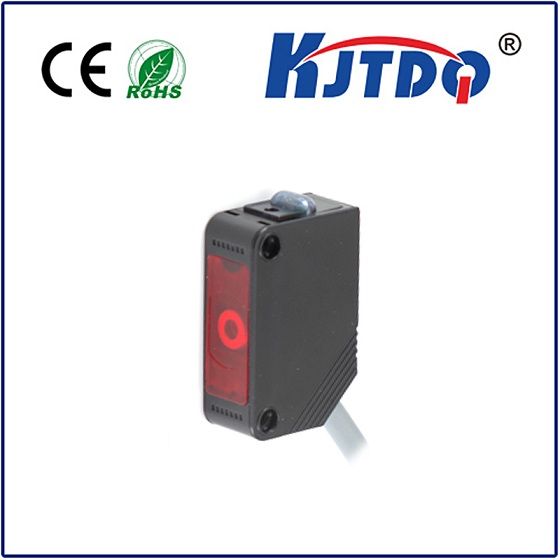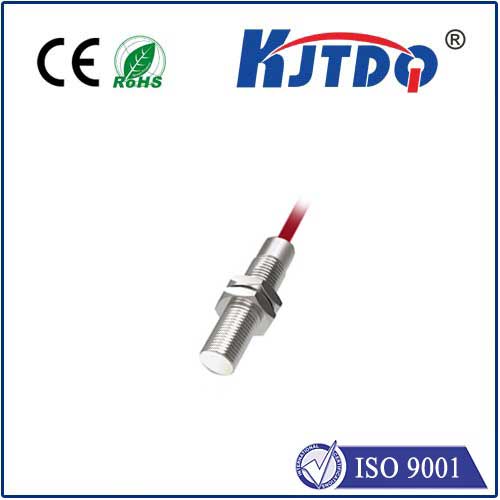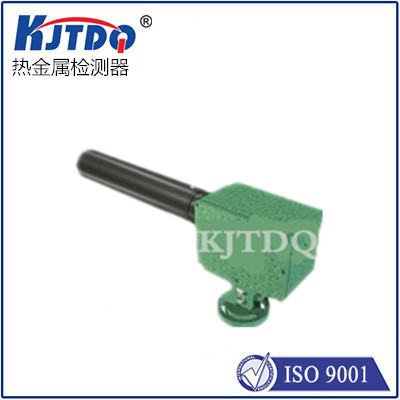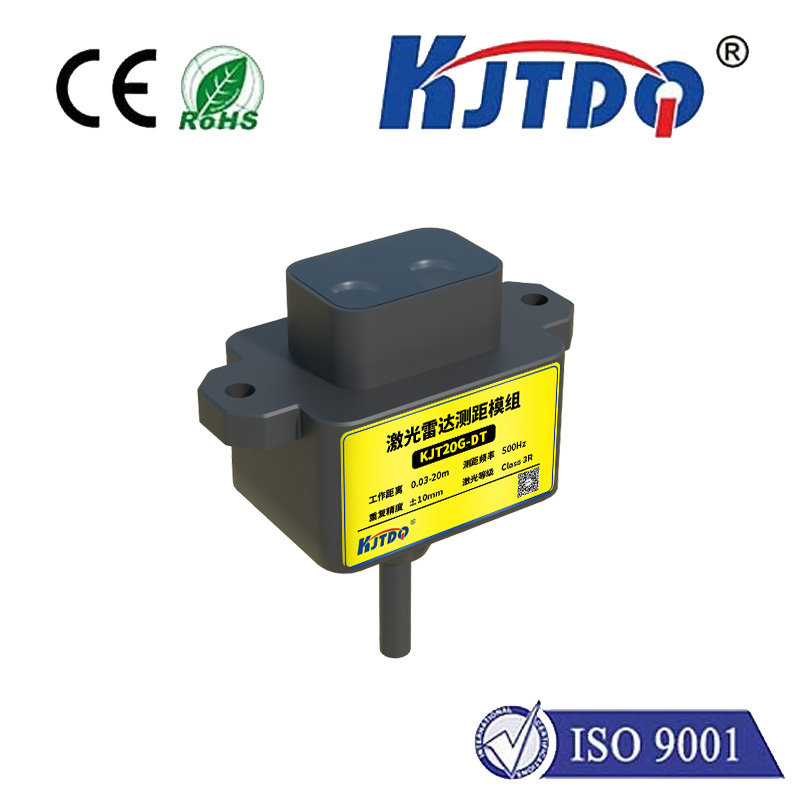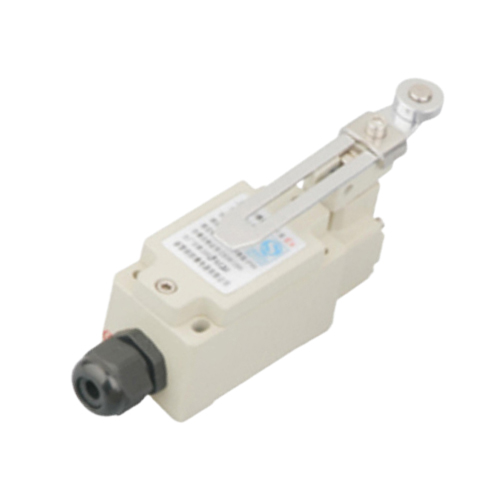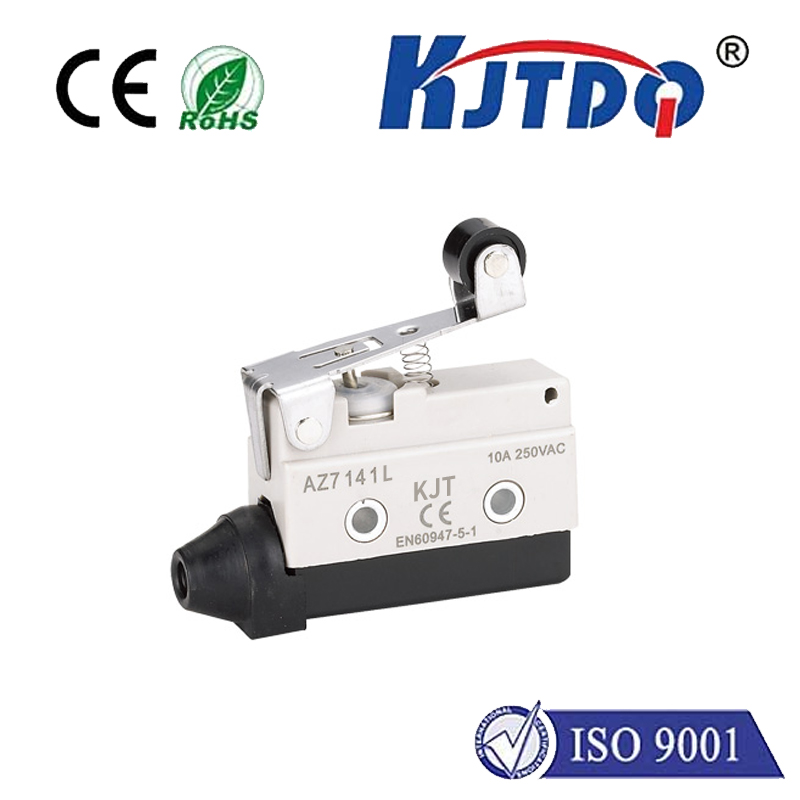

check

check

check

check

check

check

check

check

check

check
Title: Understanding the Role of Torque Limit Switch in Automation Systems
In the field of automation, torque is a critical factor that plays a significant role in the performance and functionality of machines. Torque limit switches are essential components that help to control the amount of torque applied to mechanical systems, ensuring proper operation and minimizing the risk of damage or injury. In this article, we will delve into the workings of torque limit switches and their importance in maintaining safe and efficient industrial processes.
1. Definition and Purpose
A torque limit switch is a mechanical device used to monitor and regulate the amount of torque being applied to a shaft or mechanism. Its primary function is to prevent excessive torque from being applied, which can lead to component failure, gear wear, or even injury to operators. By monitoring the torque being exerted, the switch can trigger an alarm or stop the motor before any damage occurs.
2. Types of Torque Limit Switches

There are two main types of torque limit switches: vacuum-operated and air-operated. Vacuum-operated switches use a vacuum to create a pressure differential between the switch contacts, while air-operated switches rely on compressed air to generate a similar effect. Both types of switches are available in various configurations, including single-contact, double-contact, and microswitch designs.
3. Operating Principle
The operating principle of torque limit switches is simple yet effective. When torque is applied to the shaft, it causes a rotation of the contact points within the switch. This rotation triggers an internal mechanism that either opens or closes the contact paths, depending on whether the desired torque level has been reached or exceeded. The switch then sends a signal to an external component, such as a controller or safety system, indicating the status of the torque application.
4. Advantages and Applications
Torque limit switches offer several advantages over traditional methods of torque control, including:
a) Improved Safety: By preventing excessive torque buildup and protecting against component failure, torque limit switches significantly reduce the risk of accidents and injuries in industrial settings.
b) Increased Reliability: Since torque limit switches can detect and respond to changes in torque instantly, they help to ensure that machines operate consistently and reliably under all conditions.
c) Versatility: Torque limit switches can be used with a wide range of applications, from small hand tools to large industrial machinery. They are particularly useful in situations where precise torque control is required, such as power tools, automotive engines, and wind turbines.
In conclusion, torque limit switches play a crucial role in ensuring the safe and efficient operation of industrial machinery and equipment. Their ability to accurately monitor and control torque helps to prevent accidents, maintain reliability, and extend the life of costly components. As technology continues to evolve, it is likely that these devices will become even more advanced and indispensable for industries worldwide.
